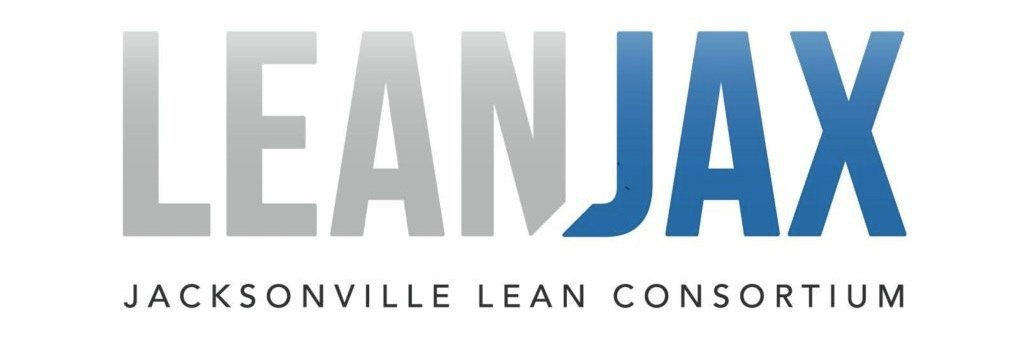The Dangers of Failing to Mistake Proof Your Process
I recently rewatched this episode of The Office and Creed’s failure to properly mistake proof his process causes problems throughout Dunder-Mifflin. Poor, Debbie Brown!
“I’m supposed to spend 4 hours a week doing a quality check at the paper mill and of course the ONE YEAR I blow it off, this happens.”
-Creed Bratton
Hopefully this serves as a much needed wake up call. Customers are disgusted! Dunder-Mifflin will most likely want to consider a way to prevent obscene watermarks from reaching their customers in the future.
Fortunately, there are ways for the company to rectify this.
Mistake Proofing
Mistake proofing is a proactive approach to detecting or preventing defects by designing and implementing creative devices and procedures. You might know it by the the Japanese term Poka Yoke, which translates in English to “avoids mistakes.”
Mistake Proofing is the first step in involving front-line workers in problem solving activities. Many of the best mistake proofing ideas come from the people who do the work.
There are two major types of Mistake Proofing Devices:
I. Detection
Makes abnormal conditions immediately recognizable. The detection method’s objective is to design a quality assurance process that makes it easy for workers to spot abnormal conditions and stop them in their tracks—before they are passed downstream.
Can you spot the abnormal condition? Let’s hope so!
In Lean organizations, once a detect is detected, it’s beneficial if workers possess stop the line authority. This involves the capability and expectation for them to pull an andon cord, a device that shuts down the machine and signals the need for supervisor support to help resolve the issue.
Once the issue is resolved, the operator is free to re-start the production line. Andon triggers immediate action, preventing the defect from continuing its path downstream.
Workers have 3 responsibilities regarding detection:
Check that the incoming work is free of defects.
Verify that there are no defects.
Never knowingly pass defects downstream.
It doesn't seem like this occurred at the paper mill. The impact was magnified since the quality assurance manager blew off his duties.
While Creed failed to do his job, this does not account for why the mill’s workers also failed to catch the defective watermarks.
It’s not clear from the clip, but if it it walks like batch production and talks like batch production, it might just be batch production. Continuous flow is the way to go. But that’s for another post.
II. Prevention
Removes the opportunity for error, making a defect’s occurrence impossible. Prevention takes mistake proofing a step further. Benjamin Franklin is credited with the aphorism, “an ounce of prevention is worth a pound of cure.” This captures the essence of the prevention method.
Prevention devices are are the strongest type of visual management devices, providing a guarantee that workers and machines always make the correct decision.*
* (Please don’t confuse this with less effective prevent defense that did the Jaguars in the 4th quarter of the 2017 AFC Championship game. I will never get over it.)
There are many low-cost mistake proofing options that can effectively prevent defects. This includes right sizing all work areas and containers, installing guide pins so parts fit correctly, setting up shadow boards for tools, leveraging counters to ensure each necessary step is performed, or developing simple checklists for workers to ensure they perform the steps of the process in the correct order.
Depending on the situation, it may also make sense to equip machines with more high-tech gadgets, such as RFID tags and electronic sensors. These devices are beneficial ways to eliminate the need for workers to inspect every piece. For administrative and transactional processes, smart software applications can serve the same purpose.
Duff Brewery
Homer and Barney’s trip to the Duff Brewery should illustrate why prevention through built-in quality is so important.
Phil is only human and distractions are inevitable! However, I don’t think Duff will stay in business long if one of these defects reaches its’ customers. It may make sense for Duff to equip their machines with sensors that prevent defects from moving through the production line. Better yet, maybe Phil has some ideas on how he can make the process easier while also ensuring top quality.
Prevention devices are the most effective countermeasures against defects. Mistakes caught early prevent downstream headaches, removing the need for workers to partake in constant fire-fighting and rework loops.
Now, I throw it back to you. What are some ways you can mistake proof your key processes? And no, firing Debbie Brown is not a good answer.





